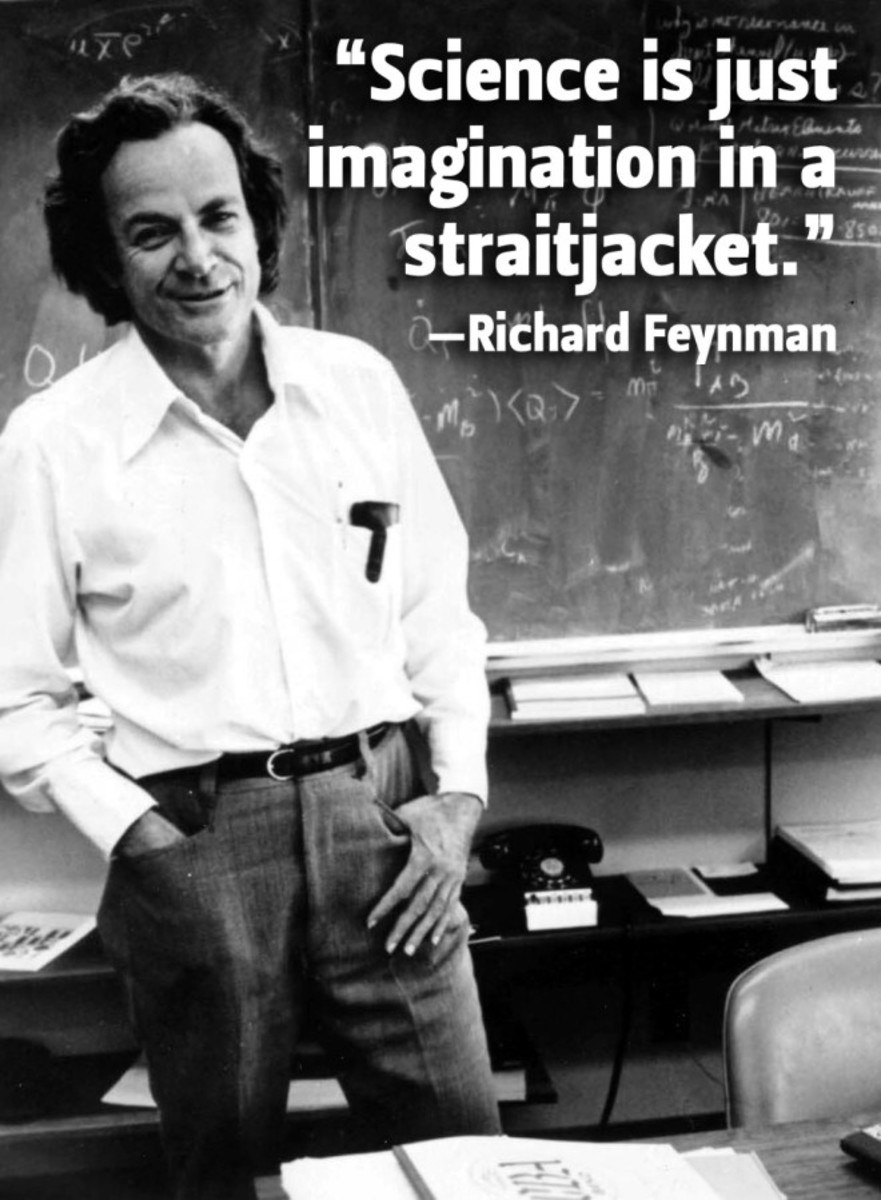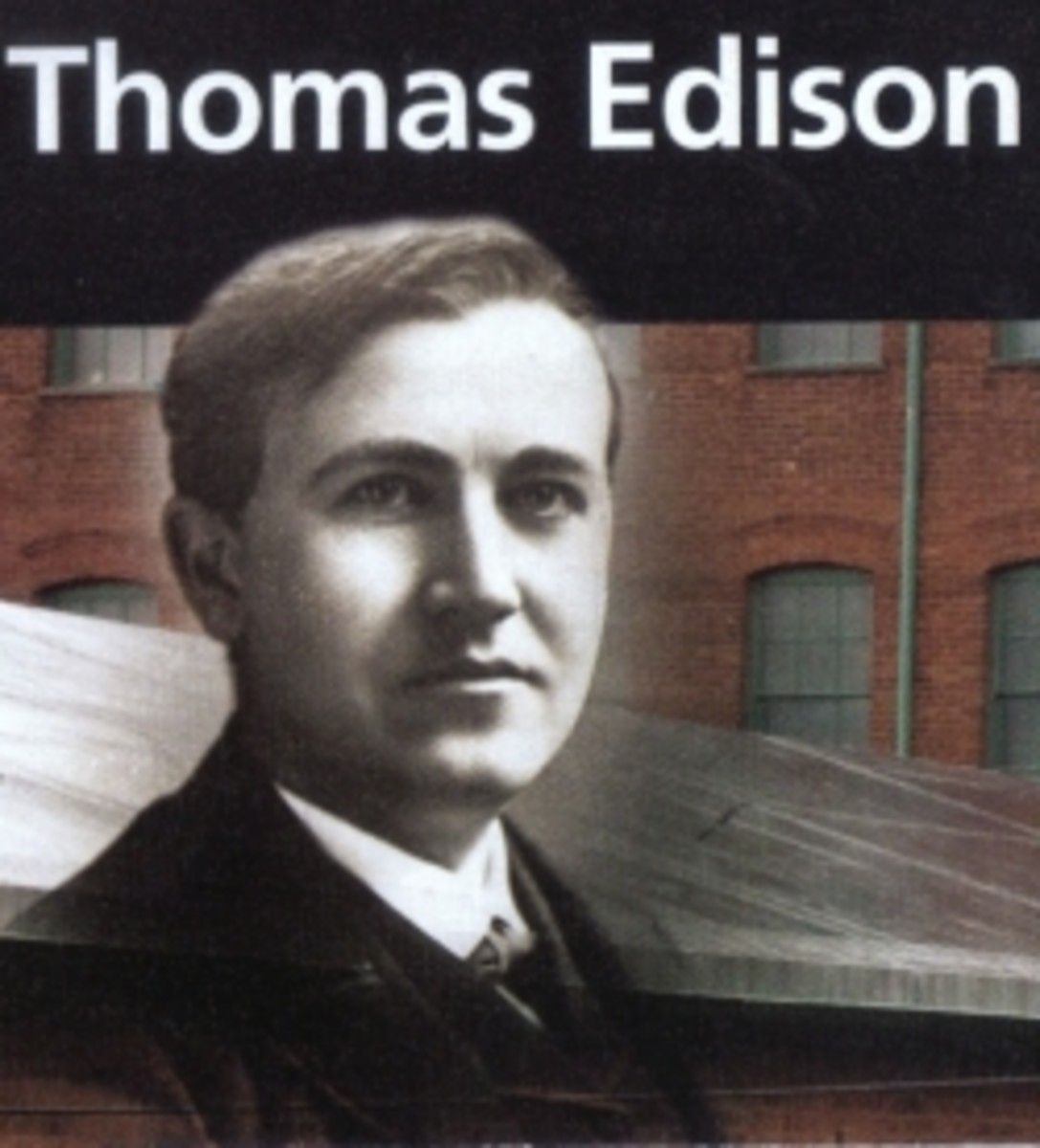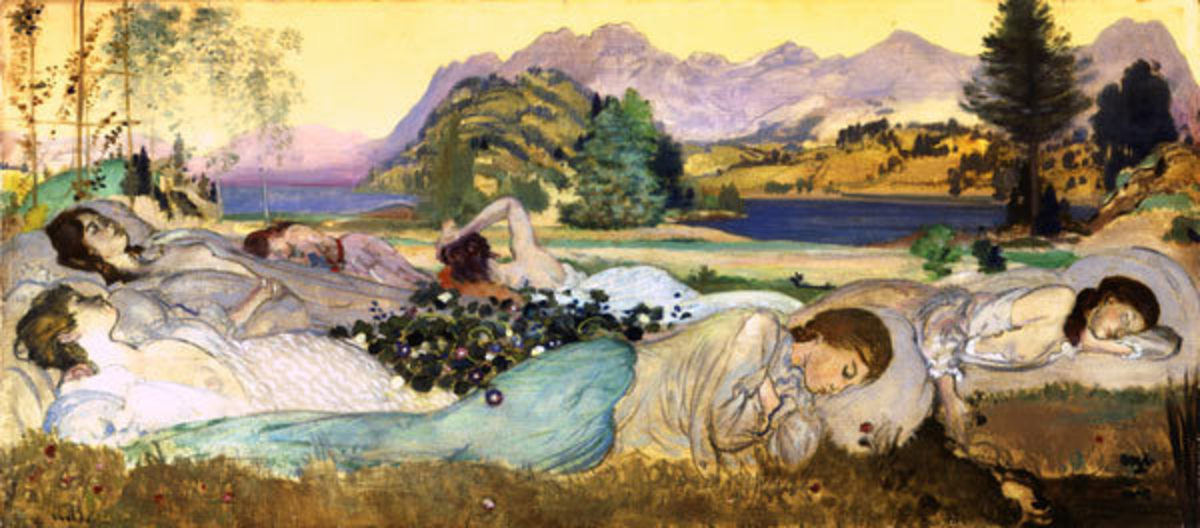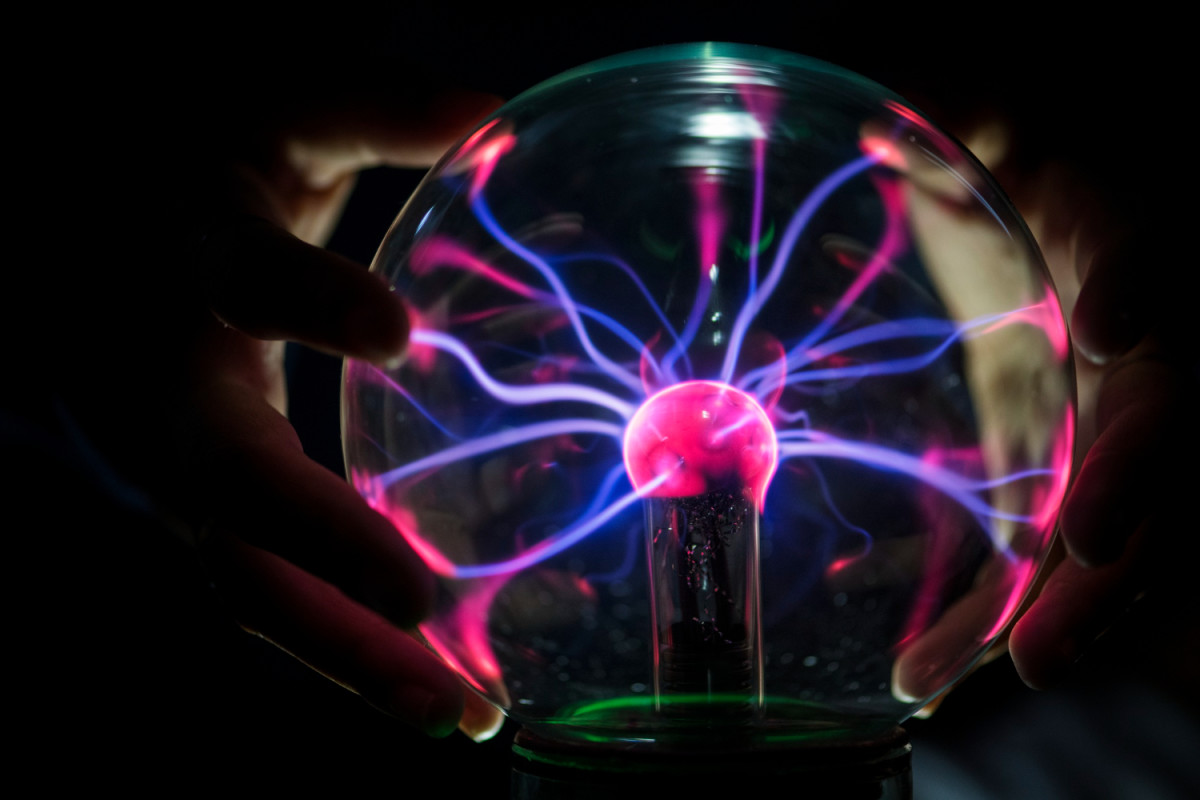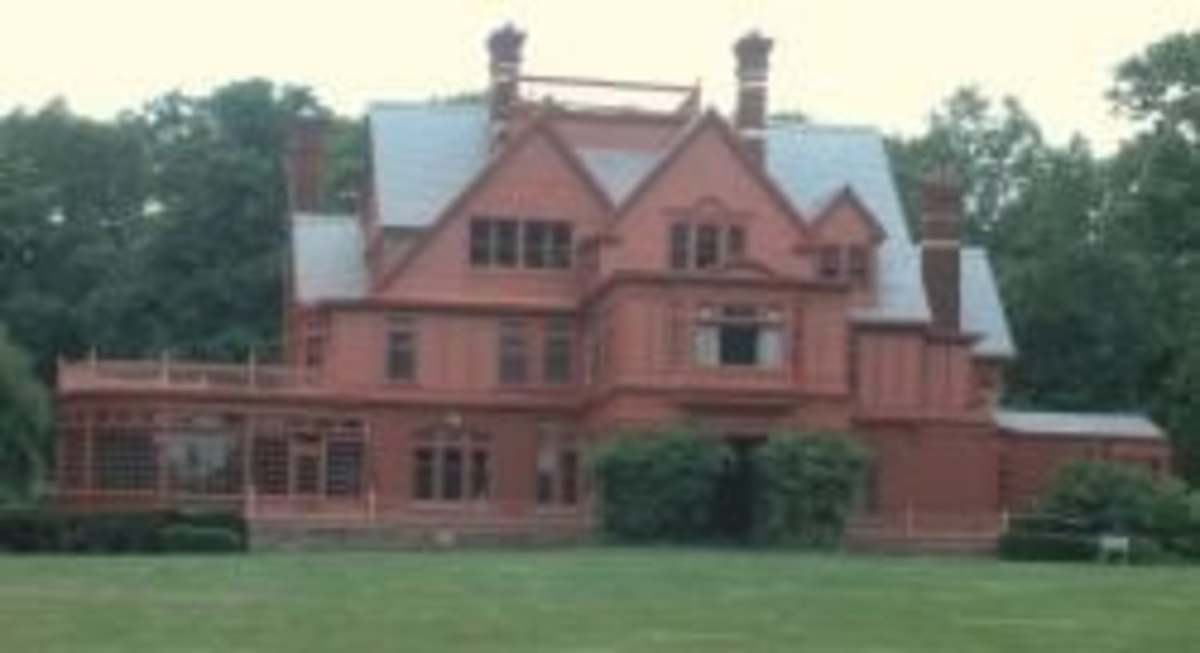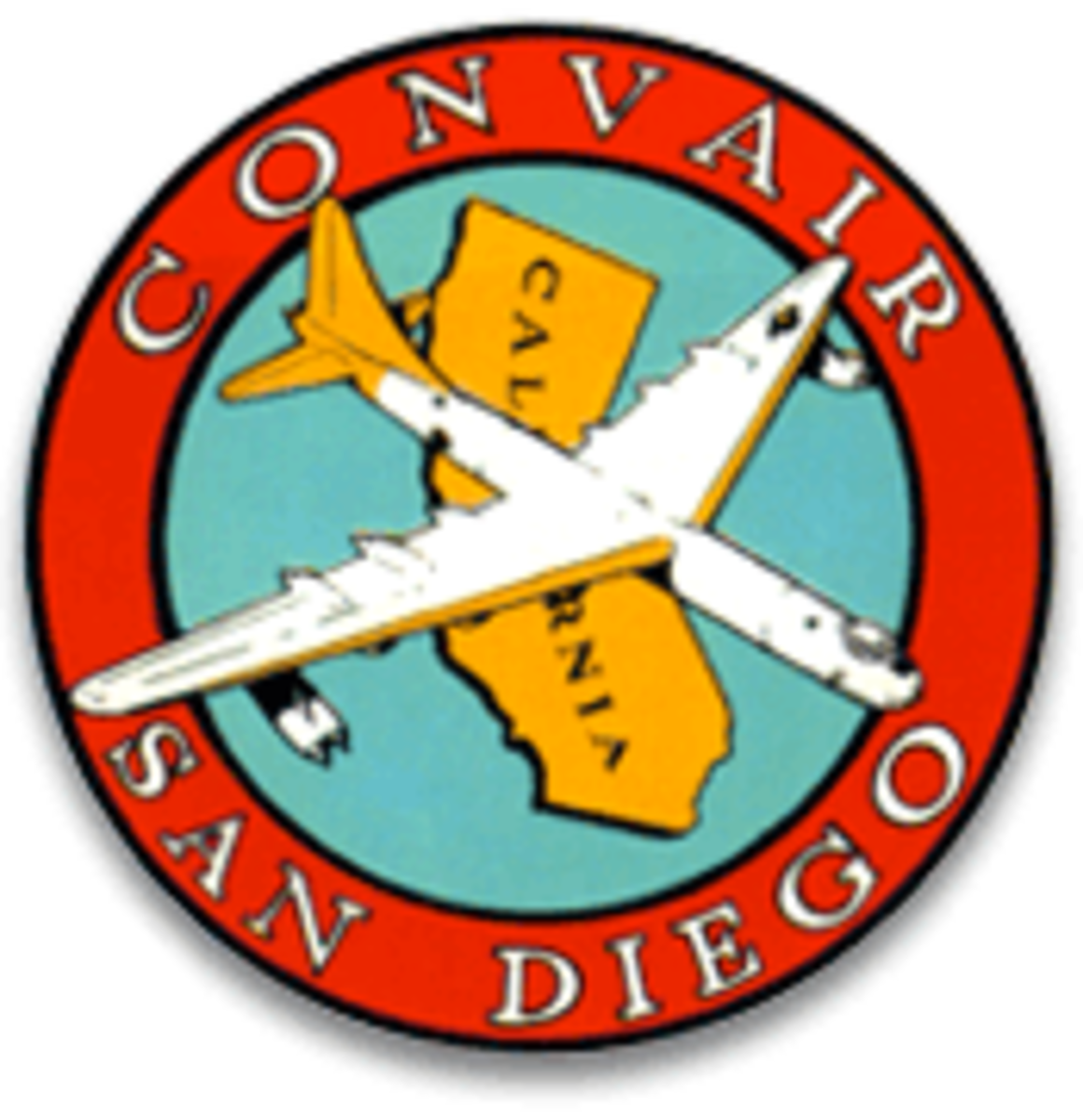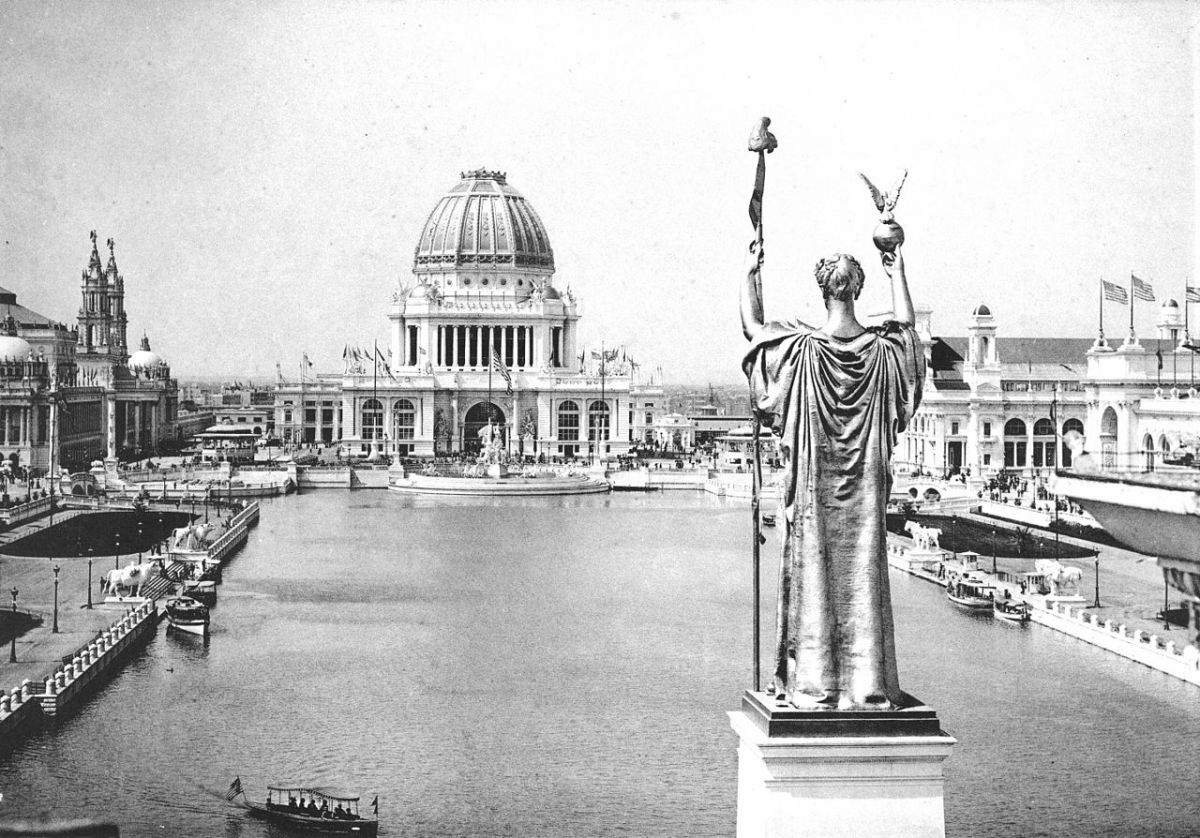- HubPages»
- Education and Science»
- History & Archaeology»
- Major Inventions & Discoveries
Nikola Tesla: A Biography of the Wizard - Part II
Part I of the Biography
- Nikola Tesla: A Biography of the Wizard - Part I
Nikola Tesla faded into obscurity during the latter part of his life. His fame has seen resurgence in recent times, but to where can we trace his origins? This article examines the early life of Nikola Tesla, a great inventor.
Tesla's First Day in the Big Apple
Tesla set foot in America in June 1884. He made dock in none other than New York City, where the Brooklyn Bridge was in its final stages of construction. Tesla owned nothing to speak of, nothing, that is, except the promise of his potential in America. According to one story, Tesla seized that potential almost instantly. As he was strolling down a street, fresh from the voyage, Tesla passed by a shop in which the owner was cursing the uselessness of his broken down machine. Tesla, never one for passing up an opportunity, paused and offered to help the shop owner repair his machine. In short order Nikola succeeded in doing so, and the grateful shopkeeper paid him twenty dollars for his trouble. Not a bad first day in America, he must have thought.
Tesla's one and only goal in coming to New York was to meet the Wizard of Menlo Park, Thomas Edison. Edison had become well established as the preeminent inventor in New York, and had begun to install some of the first electrical power stations in America. His power station at Pearl Street fed power to many of the early Wall Street buildings, as well as the home of Edison's financial backer, J.P. Morgan. On the day that Tesla ventured into Edison's shop, Edison had been scrambling to fix problem after problem. It began with a fire at the Vanderbilt home. but Edison was able to send a repair team and solve the problem. No sooner had he fixed the first problem than another problem rang the telephone bell.
Tesla Saves the Day
The S.S. Oregon, the first ship to be outfitted with electrical lighting, had been stuck in port while the manager waited for Edison to repair the dynamos that fed the ship's lighting rig. Edison brazenly promised to send his best engineer to repair the dynamos right away. Only one problem: he had just dispatched his last men to repair the Vanderbilt house. No sooner had Edison promised a non-existant engineer than a boy ran into the station, alerting Edison to another issue with a junction box several blocks away. Edison was a genius, undoubtedly, but he was not omnipresent.
Enter Nikola Tesla. Somewhere during the fracas, Tesla had found his way into Pearl Station, where he hoped to meet the great inventor. After passing repair instructions to the boy, Edison noticed the tall, dark stranger positioned in the rear of the station. Tesla's only introduction was a letter written by Edison's assistant in Paris, Charles Batchelor. Batchelor ran the European branch of Edison's company, a branch where Tesla was briefly employed before he came to America. In his short time there, Batchelor was so impressed with him that his terse introduction letter on behalf of Tesla read, "I know two great men and you are one of them; the other is this young man." Quite the introduction.
Edison's response was typical. "Can you fix a ship's lighting plant?" So began Tesla's first day in the employ of Thomas Edison. Tesla worked through the night, without rest, until he had repaired every broken machine in the ships electrical rig. Legend has it that Tesla met Edison in the street, Edison on his way to open the shop for the morning. When Edison quipped about Tesla's nocturnal rabble-rousing, Tesla replied that he'd just finished repairing the entire ship. Without another word, Edison turned and walked away. Tesla later claimed that he heard Edison mutter, "that is a damn good man."
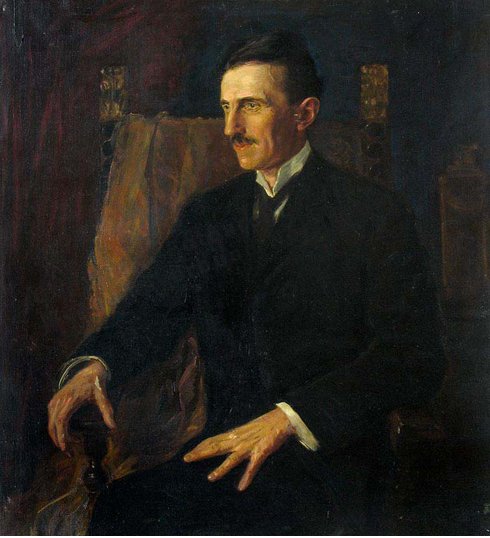
Working with the Wizard of Menlo Park
His performance on the S.S. Oregon that night impressed Edison so much that Tesla soon found himself in the employ of the American inventor. It was quite common for Tesla to work 15 to 18 hours a day, sleeping very rarely. Quickly, it became apparent that Tesla towered above the rest of Edison's workers, a fact that resulted in Tesla being granted great latitude in his work. Tesla repeatedly proved his worth to the Edison company; unfortunately, he also proved to be of a different mind than Edison.
The basis of this friction lay mostly in their difference of opinion regarding which electrical system was superior. Edison was a staunch proponent of the direct current system. He had invested heavily in it's promotion throughout America, and had begun to lay the infrastructure to spread it outward from New York. Tesla, as we saw in Part I of this biography, was a pioneer in the alternating current camp. They were able to suppress the confrontation for a short while, but before long, the simmering relationship came to a boil.
The ultimate break in their relationship occurred when, depending on who you believe, Tesla either misunderstood Edison's jest, or Edison broke his promise to Tesla. Supposedly, one day Tesla proposed a complete overhaul of the system that Edison had installed to that point. Edison responded, "There's fifty thousand dollars in it for you - if you can do it." Tesla got right to work, continuing his mind-numbing pace of 18 hour days, working for months in order to overhaul the system. His only motivation was Edison's promise of fifty thousand dollars. When Tesla finally completed the upgrades, he approached Edison, hoping to be granted the amount that Edison had promised. Edison laughed. "Tesla, you don't understand our American humor." Edison's camp claimed that Tesla simply didn't grasp the nature of the jest, blaming his late introduction to the English language. Tesla, however, maintained to the end of his life that Edison had lied to him outright.
No matter what the true story was, the action that it evoked in Tesla changed the course of his future. Feeling betrayed by the giant of American invention, Tesla quit his job with Edison. Many tried to convince him that he was making a rash decision. After all, Wall Street had just suffered from the so-called "Panic" of 1884, and much of the investment money that inventors relied on for their living had dried up. Tesla would hear none of it, headstrong man that he was. Tesla left Edison's offices, never to return again.
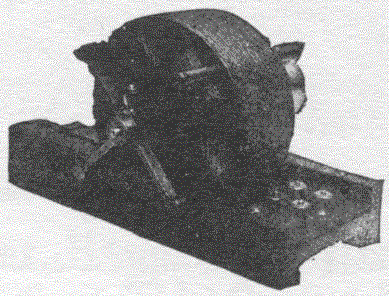
Rough Beginnings
A brilliant mind like Tesla's did not stay unemployed for long. In 1884, he was approached by several investors with the proposal of starting his own company. Keeping in mind the dire financial times, it is easy to see why he accepted their proposal. The Tesla Electric Light Company was formed under the direction of it's investors in 1884, it's headquarters across the river, in New Jersey. Tesla probably dreamed that this company would provide him with the opportunity to introduce the American continent to his superior alternating current system. His investors, however, had a short-term goal in mind, namely, the introduction of a safer, more reliable lamp, the Tesla arc lamp. It was a start at least, but before long the investors forced out the golden goose, hoping to keep the profit for themselves. Tesla was left with nothing, his name on a company which had abandoned him.
The next period, which lasted over a year, saw Tesla forced to work in the labor gangs that were scattered across New York City. He was unable to find an engineering position, due to the financial hardships across the city, and in order to survive he turned to manual labor. Understandably, this menial labor left the brilliant inventor in the depths of depression. The commonality of great historical figures suffering from depression is an interesting side note, one which I will leave to those more qualified. Suffice it to say, Tesla questioned his path in life, whether he was really cut out for the scientific invention scene.
Thankfully for the future inhabitants of earth, Tesla did not succumb to his bout with depression. Unable to shut off his brilliant mind, Tesla continued to think of improvements to his revolutionizing induction motor. Eventually, Tesla's hard work paid off, and the foreman of a work crew on which Tesla was laboring took it upon himself to introduce the young inventor to the manager of the Western Union Telegraph Company. Aided by the Western Union Company, Tesla was able to form another company with his name on the letterhead.
The Tesla Electric Company opened in the spring of 1887, only blocks away from the offices of Thomas Edison. Things were beginning to look up for young Nikola Tesla, and with time, he would mold his alternating current system into a staunch competitor against Edison and the direct current backers. It is known to history as "the War of the Currents," and with the opening of the Tesla Electric Company, it had officially begun.

